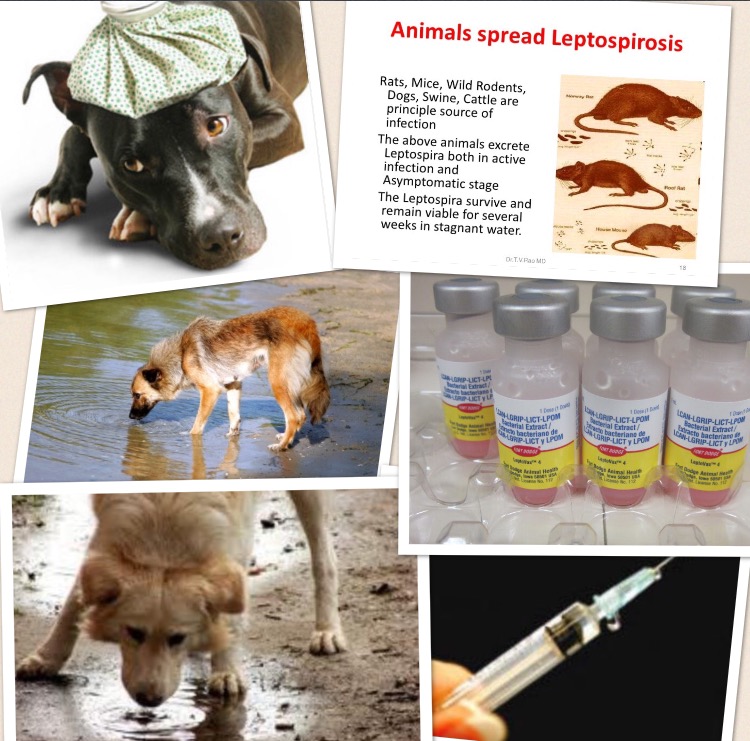
Leptospirosis Outbreak- A Deadly Pet And Human Disease You Need To Know About
Hi everyone! Recently a story was aired on the local 10 news discussing an outbreak of a disease in South Florida called leptospirosis. This disease is a fatal illness and is one of the few diseases that can be passed from pets to people. Since the story aired, many concerned pet parents have been calling the animal hospital to make sure their pets are vaccinated and protected against this disease. In the past, leptospirosis was more prevalent in northern states, but in the last 5 to 10 years it has become a bigger problem in South Florida. Fortunately, I have been encouraging my clients to have their pets vaccinated for leptospirosis ever since I graduated veterinary school and most of my patients are protected. As much as hearing these stories on the news is a bit of a wakeup call for many people, I am appreciative of the knowledge the stories spread. Today I would like to take this opportunity to discuss the basics of this disease, what clinical signs to look for, and how we can protect our pets and ourselves.
What is leptospirosis?
Leptospirosis is an bacterial infectious disease that can affect many animals, including wildlife, rodents, dogs, and people. There are many strains of leptospira which are most commonly located in areas of prevalent rain fall and water.
How does leptospirosis spread?
The most common way that our pets contract this disease is through water that has been contaminated with urine by an infected animal. Most pets will contract the disease by swimming in or drinking infected water, but most anything (plants, dirt, objects) can be potential sources of infection. Other ways of transmitting the disease are direct contact with another infected animal or by eating infected meat.
Once animals are infected with this disease, they can serve as reservoirs and may continue to excrete the bacteria into the environment for months or even years, which may then live in the environment for weeks to months.
There are very few diseases that animals can pass along to people. Unfortunately, leptospirosis in one of these few diseases, making this disease even more important to protect your pets from. According to the CDC, people can contract leptospirosis in the same ways your dog can, through contact with urine or other body fluids (except saliva) from an infected animal or by contact with other contaminated sources. Person to person transmission is rare.
What are the symptoms of leptospirosis infection in dogs?
- Decreased appetite or anorexia
- Fever
- Muscle pain, stiffness, reluctance to move
- Weakness and depression
- Vomiting
- Diarrhea
- Conjunctivitis (red eyes)
- Dyspnea (difficulty breathing) or coughing
- Jaundice (yellowish color to the skin)
- Organ failure (kidney or liver failure)
How is leptospirosis diagnosed in dogs?
Specialized blood tests, such as serology tests and PCR tests are available to arrive at a diagnosis of leptospirosis. I assess your dog’s leptospirosis vaccination status, information from your dog’s history, the likelihood of exposure, clinical symptoms and physical examination findings along with some routine and other more specialized blood tests to come to a diagnosis of leptospirosis.
Can leptospirosis be treated?
Yes this disease can be treated if caught early with antibiotics. This is a very serious disease so the earlier treatment begins, the better the odds of survival. Hospitalization, antibiotics, and supportive care (such as IV fluids to treat kidney disease) is be extremely important.




